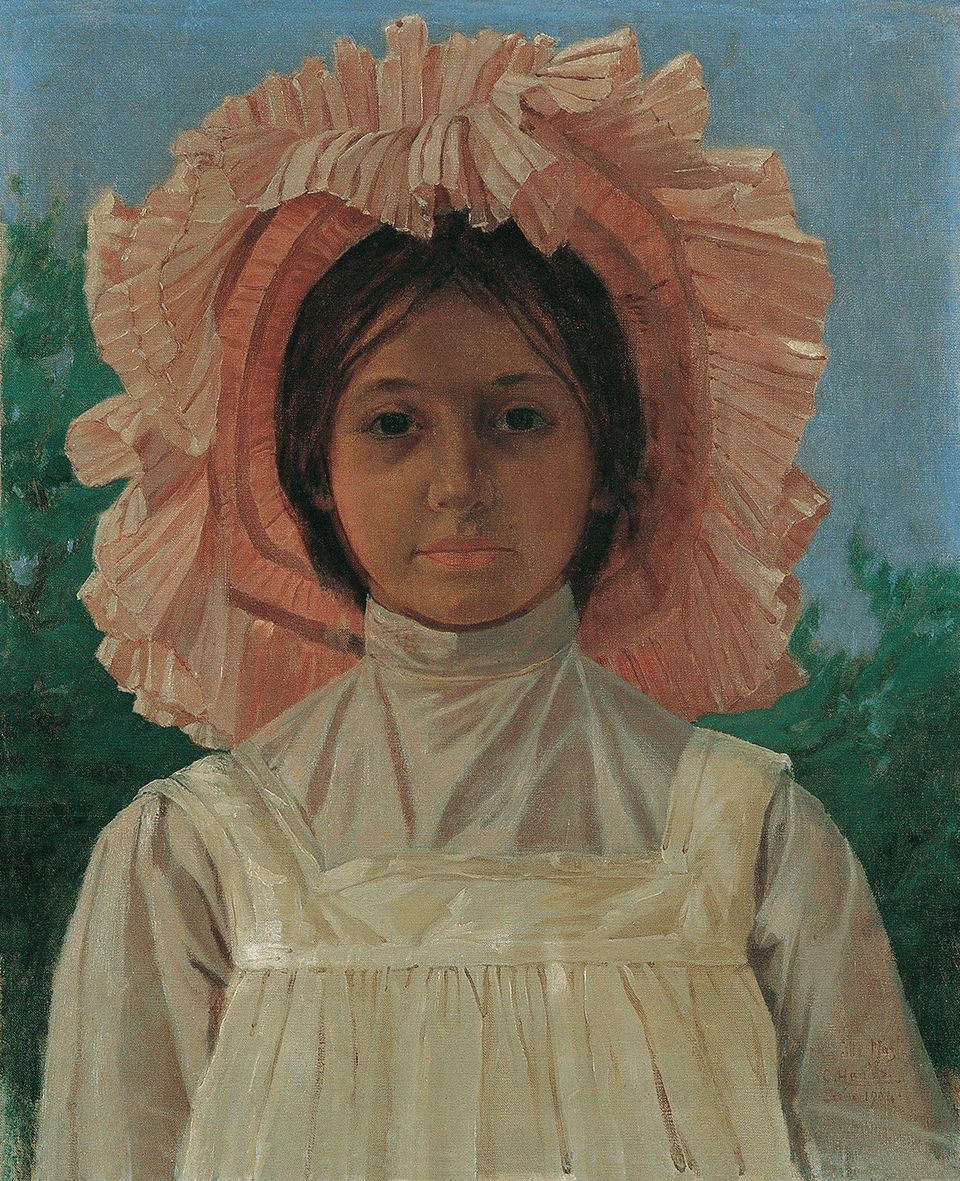Director: Vincent Dieutre
Cast: Itvan Kebadian, Vincent Dieutre, Andreas Staier, Christoph Pregardien, Daniel Sepec, Jean-Guihen Queyras
France, 2003, 104’, color
French and German with English and Turkish subtitles
The second part of the “Films of Europe” cycle depicts Dieutre setting off with his godson Itvan on a long, enjoyable journey, crossing snowbound Germany by car. As the man drives the boy through cities and countryside, via Tübingen, Dresden, Weimar, and Berlin, they visit numerous friends and landmarks, he rediscovers the past. As the pair grows closer as friends, Dieutre also takes on a paternalistic relationship with the boy as he details his own journey of self discovery. All accompanied by the music of Winterreise that Schubert composed.

The Suna and İnan Kıraç Foundation’s Orientalist Painting Collection includes two children’s portraits that are often featured in exhibitions on the second floor of the Pera Museum. These portraits both date back to the early 20th century, and were made four years apart. One depicts Prince Abdürrahim Efendi, son of Sultan Abdulhamid II, while the figure portrayed on the other is Nazlı, the daughter of Osman Hamdi Bey.
Tuesday - Saturday 10:00 - 19:00
Friday 10:00 - 22:00
Sunday 12:00 - 18:00
The museum is closed on Mondays.
On Wednesdays, the students can
visit the museum free of admission.
Full ticket: 300 TL
Discounted: 150 TL
Groups: 200 TL (minimum 10 people)